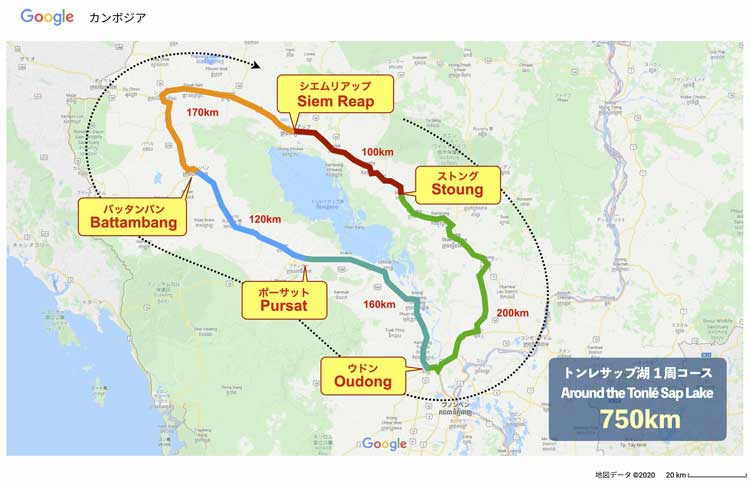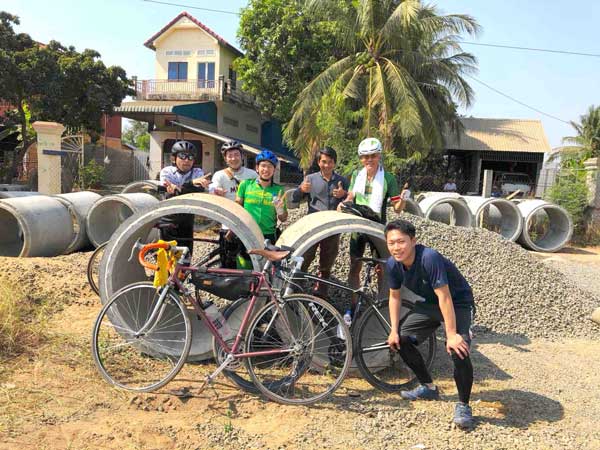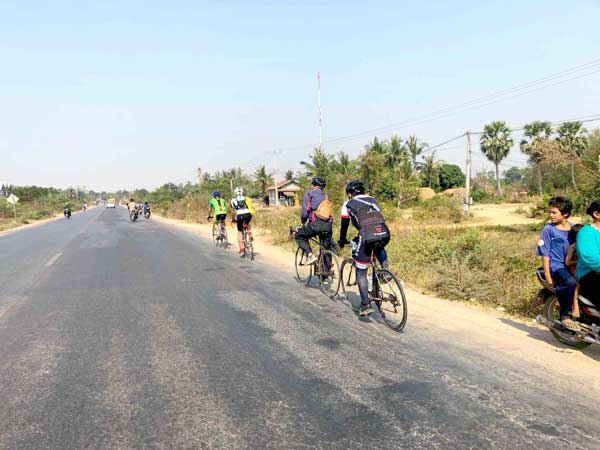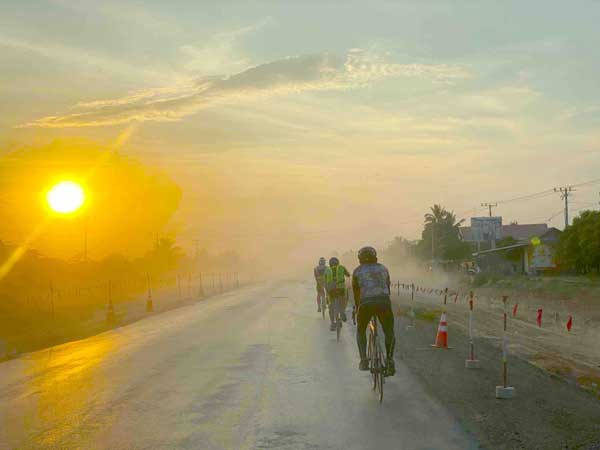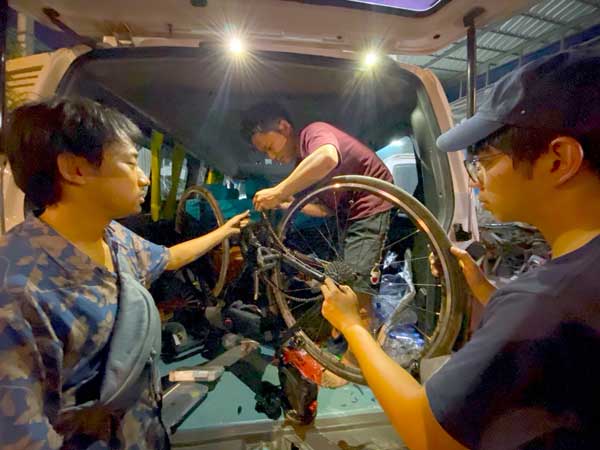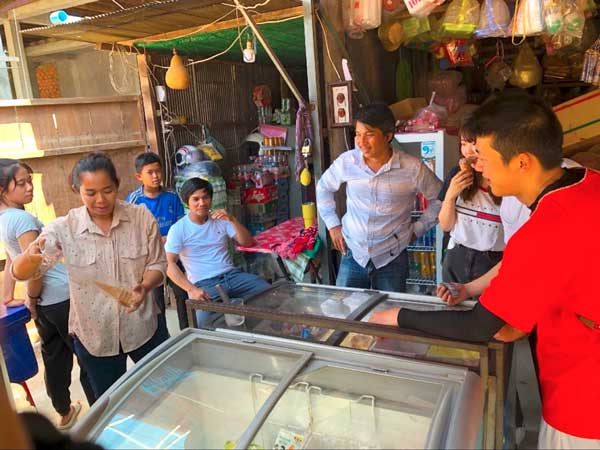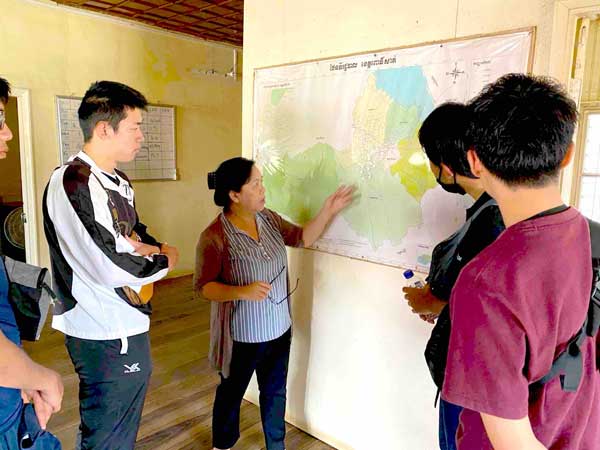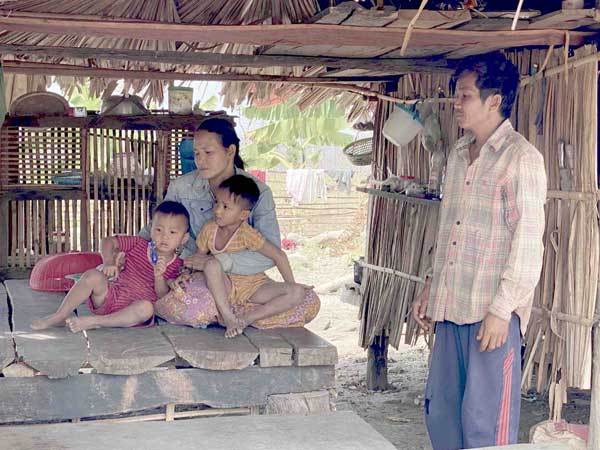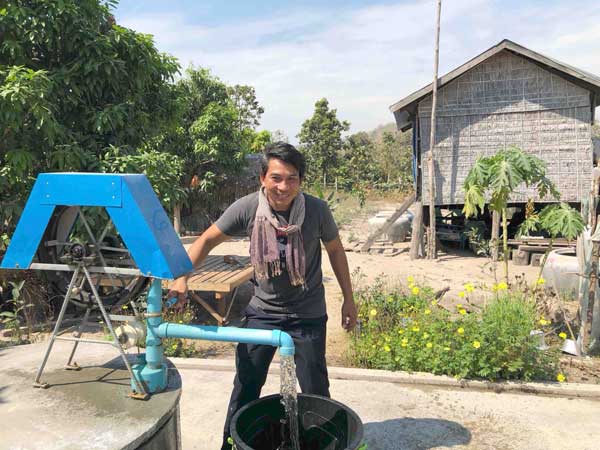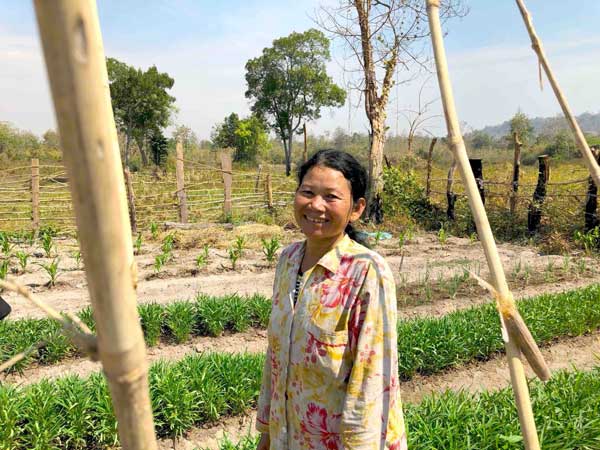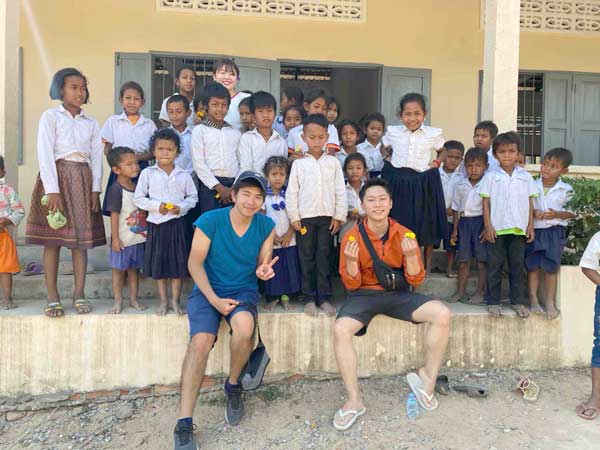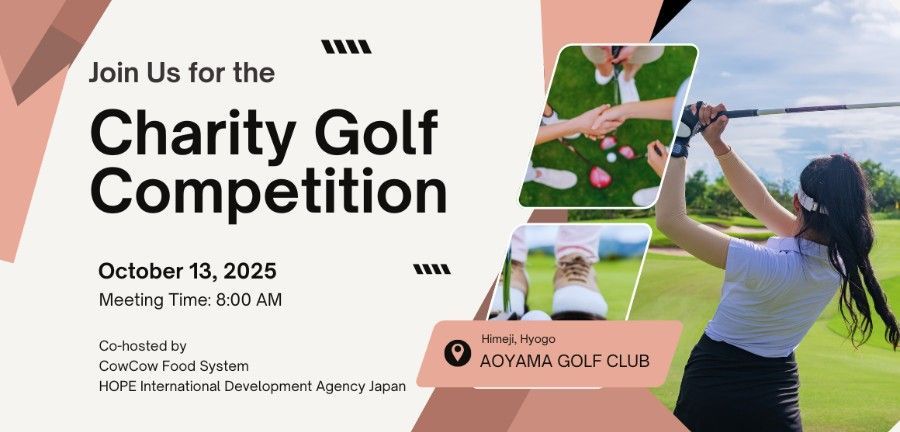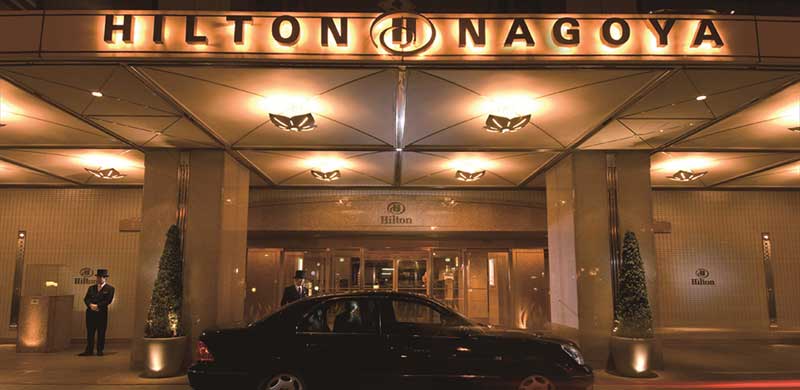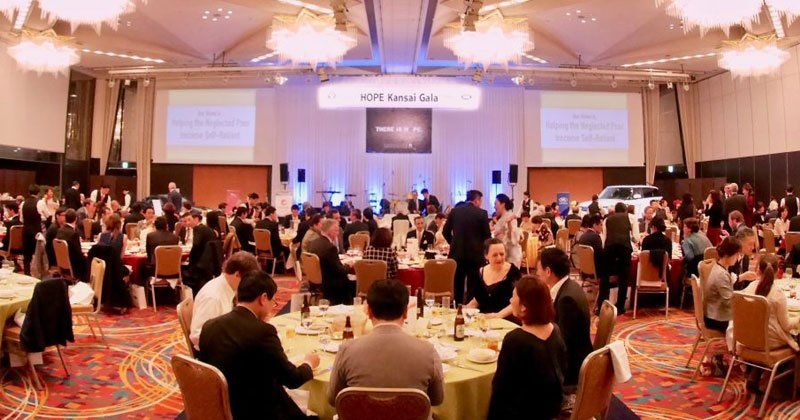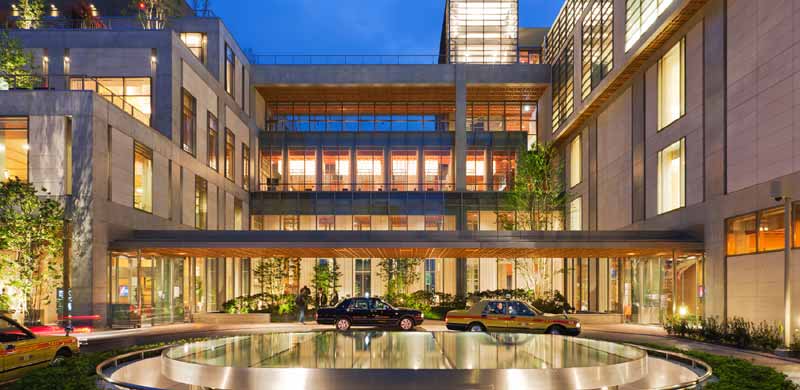750km for 250 people!
NGU Student Volunteers • April 13, 2020
Written by Nagoya Gakuin University Student Volunteers
With the support of the HOPE International Development Agency, we ran a Cambodian Charity Bicycle Ride with five students and one teacher for eleven days from February 5th to the 15th, 2020.
It was our first visit to Cambodia, and it was a tough 750 km journey from Siem Reap via Stoung, Oudong, Pursat, Battambang, and Phnom Penh, all the way to Tonlé Sap Lake, Southeast Asia's largest lake.
We rode an average of 150 km every day while the temperature exceeded 35 degrees Celsius. On the days when we covered 200 km, we biked on scorching hot roads from 4 am to 7 pm. This was no easy task.
Riding a bicycle in these conditions is dangerous as it involves several risks. However, in Cambodia, potholes on the roads, motorcycles running the wrong way, and dogs attacking us while riding made matters worse. As we would rarely encounter such incidents in Japan, this exhausted us to no end.
We also ran into problems such as bicycle tire punctures and breakdowns of our support car, but these experiences led to a deepening of our relationships with each other, as we struggled to survive together day after day.
There were a lot of fun moments as well. We were able to enjoy the environment and scenery which were completely different from what we experience in Japan, and we enjoyed interacting with the local people during our hourly breaks. We were touched by their kindness ... they let us use their facilities and toilets and rest in their hammocks.
Having taken up such a big challenge, the moment we finished riding the entire 750 kilometers, we felt an incredible sense of joy and accomplishment.
We spent two days at the HOPE project site in Pursat where we visited two homes: one did not have a well, and another home that had been provided a well by HOPE two years ago.
The first home we visited was inhabited by a couple living with their two grandchildren in a house that had no doors or windows. Their son was away working in the city and the couple were taking care of their small grandchildren. Since there are no wells anywhere nearby, they walk back and forth three times a day on a steep mountain road to a point four kilometers away to fetch water. It appeared to us that this chore took up the entirety of a whole day.
The next day we visited a home with a well. Unlike the previous day, there were a variety of vegetables and fruit trees planted in the garden and the house had raised floors.
“Before the well, we had no hope,” they said. “We were so busy trying to live each day, we did not even have time to dream. But now we can dream of a better life.”
Through these experiences, we once again realized the importance of water that we so often take for granted. And we were able to thoroughly understand the significance of this type of intervention carried out by HOPE Japan.
At the end of our journey, we felt glad realizing that we were able to provide a well to the home without one with the money we raised.
We are resolved to continue to support this program at HOPE Japan.

